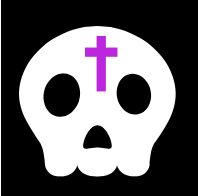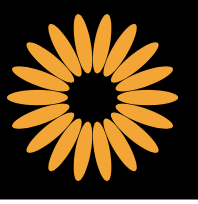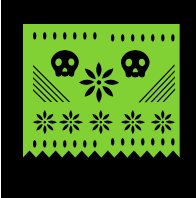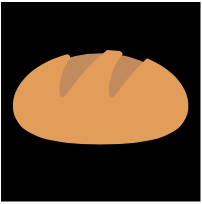What is the “Day of the Dead”?
The Day of the Dead, or Día de los Muertos, is a celebration of life. Many Mexican American Catholics observe this tradition on November 1st and 2nd with the liturgical holidays the Feasts of All Saints & All Souls.
During Mass, we pray for the souls of our deceased loved ones. At Day of the Dead gatherings, people come together to celebrate the lives of family and friends who have gone before us.
Listen as Msgr. Arturo J. Bañuelas explains the Catholic connection to Dia de los Muertos, and brings to life the meaning of the ofrendas or altars that people create during this holiday.
Death for us Catholics is not the end of life. Since you pass through death you’re always alive and in constant relationship with us.”
Msgr. Arturo J. Bañuelas
Join us as we explore the beautiful traditions and food that make this meaningful celebration come alive.
Day of the Dead Symbolism
Día de los Muertos is full of reflection and celebration. Here are just a few common symbols and their meaning.
-
 Calavera
CalaveraSugar skulls mean death is not something to be feared, but part of life that leads us to God and eternal life.
-
 Marigolds
MarigoldsKnown as the “flower of the dead,” it is bright in color with a special fragrance.
-
 Papel picado
Papel picadoA handmade art piece reminds us God is present in the wind and always present to us in our lives.
-
 Pan de muerto
Pan de muertoThe ‘bread of the dead’ shape is made to look like two bones that represent death, but the sugar reminds of the sweetness of life forever with God.
What is “Bread of the Dead”?
Bread of the dead is a sweet treat made to celebrate Dia de los Muertos.
It is made in the shape that resembles a skull and crossbones, but its sugary taste reminds us of the good things in life.
Watch as our friend Verónica Rayas, Ph.D., walks us through the recipe and explains how baking can help pass down important family traditions for generations.
Verónica is the director of the Office of Religious Formation for the Diocese of El Paso. She oversees programs that nurture young people’s faith. These programs deepen their prayer life through devotions and other practices that come from the rich traditions of Mexican-American families.
Catholic Extension Society is proud to support Verónica’s incredible ministry. Our donors also helped fund a scholarship for her graduate work, and she now holds a Ph.D. from Fordham University in religious education.
The sugar is there to remind us that there’s a sweetness to death, knowing that because of the resurrection we will always be connected to our loved ones.”
Verónica Rayas
At its core, the altars are an affirmation of our belief in the resurrection.”
Msgr. Arturo J. Bañuelas
The Meaning Behind the Day of the Dead Altar
-
Top Level – Heaven
Decorated with symbols of faith: prayers, candles, religious imagery
-
Middle Level – Life on Earth
Filled with photos of the loved one during their time on earth as well as favorite foods, drinks, or objects that they enjoyed.
-
Lower Level – Death
Decorated with skulls, skeletons, paper flags and other symbols that remind us of the shortness of life.

